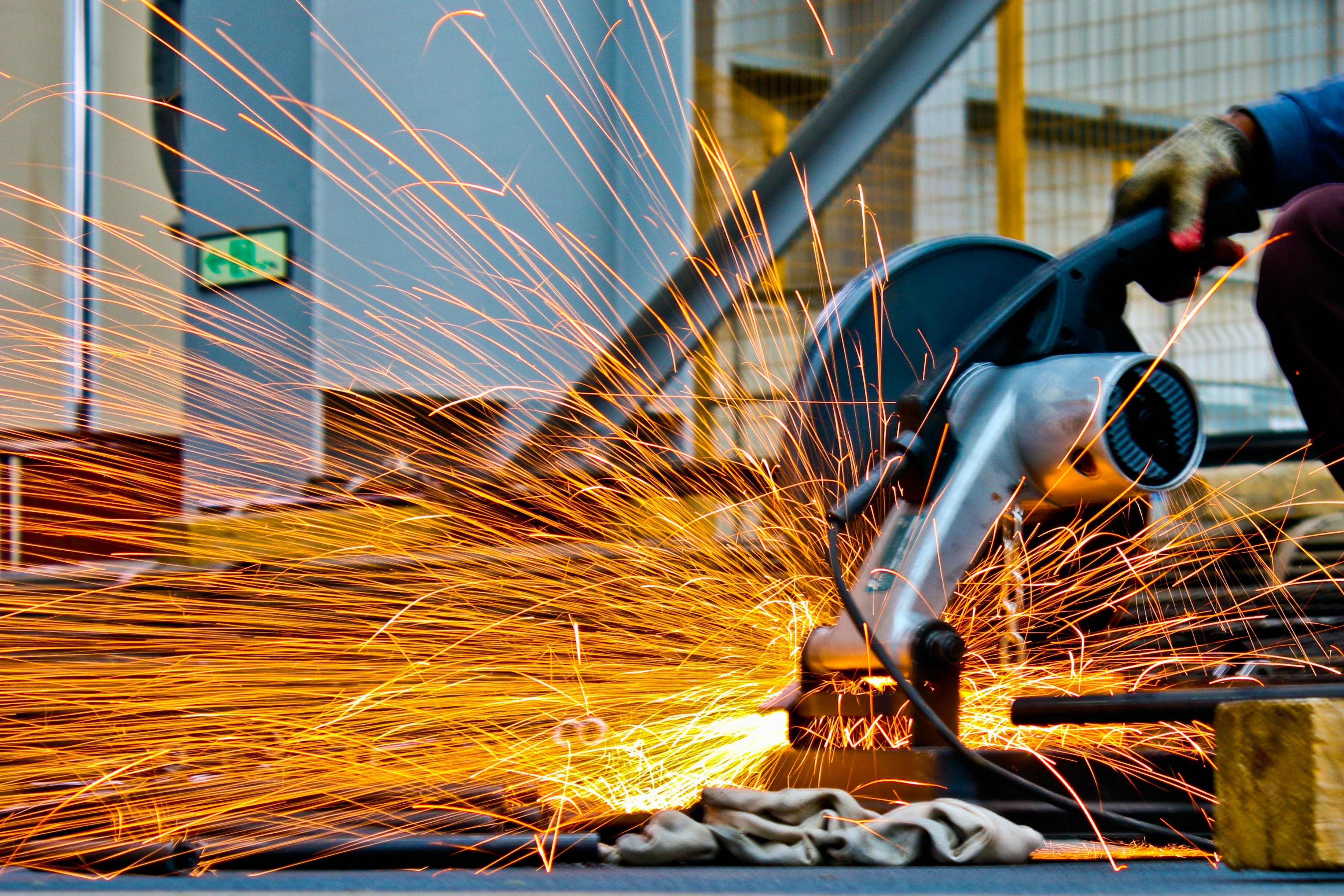When it comes to air conditioning and refrigeration, the term "refrigerant" often pops up. But among the many refrigerants used, R32 is becoming increasingly popular. So, what exactly is R32, and why is it causing such a buzz in the industry?
R32: A Modern Refrigerant
R32 is a type of refrigerant gas used in air conditioning and refrigeration systems. Technically, it’s a hydrofluorocarbon (HFC), which is a chemical compound that helps transfer heat efficiently. But more specifically, R32 is known for being a low global warming potential (GWP) gas compared to older refrigerants, like R22 or R410A.
What's the Difference Between R32 and Freon Gas?
You might have heard of "Freon," a term commonly used to refer to refrigerant gases. However, “Freon” is actually a brand name and has historically referred to various types of chlorofluorocarbons (CFCs) and hydrochlorofluorocarbons (HCFCs). While Freon was once the go-to refrigerant for cooling systems, it's now being phased out due to its harmful effects on the ozone layer.
R32, on the other hand, is much more environmentally friendly. It has one-third the global warming potential of R410A, which makes it a step toward reducing the carbon footprint of cooling systems. So, when people refer to “Freon gas” nowadays, they’re often thinking of older refrigerants, whereas R32 is a modern, safer alternative.
Why Is R32 Gaining Popularity?
Environmental Benefits: One of the most significant reasons R32 is gaining traction is its lower GWP. Unlike Freon-based gases, R32 doesn’t contribute as heavily to global warming, making it a much cleaner choice for the planet.
Energy Efficiency: R32 is more energy-efficient, meaning it can cool your space faster and with less energy. This translates into lower electricity bills and less environmental impact.
Better Performance: R32 has a higher cooling capacity than some older refrigerants, which means it can do the same job with less refrigerant. It’s a win-win for both performance and sustainability.
R32 in Practice
R32 is most commonly found in modern air conditioners and heat pumps. If you’re in the market for a new cooling system, there’s a good chance that R32 is the refrigerant used. It's also easier to handle and recycle compared to older gases, which makes the transition to R32 smoother for manufacturers and technicians alike.
The Bottom Line
To sum it up: R32 is a more eco-friendly, energy-efficient alternative to older refrigerants like Freon. It’s the go-to refrigerant for newer air conditioning systems, with lower environmental impact, better performance, and improved energy efficiency. So, if you want a cooler home with a smaller carbon footprint, R32 might be your best bet!
Whether you're a tech enthusiast or simply looking to stay informed about the world of cooling, understanding R32 and its benefits is key to making smart, sustainable choices in today’s world.
